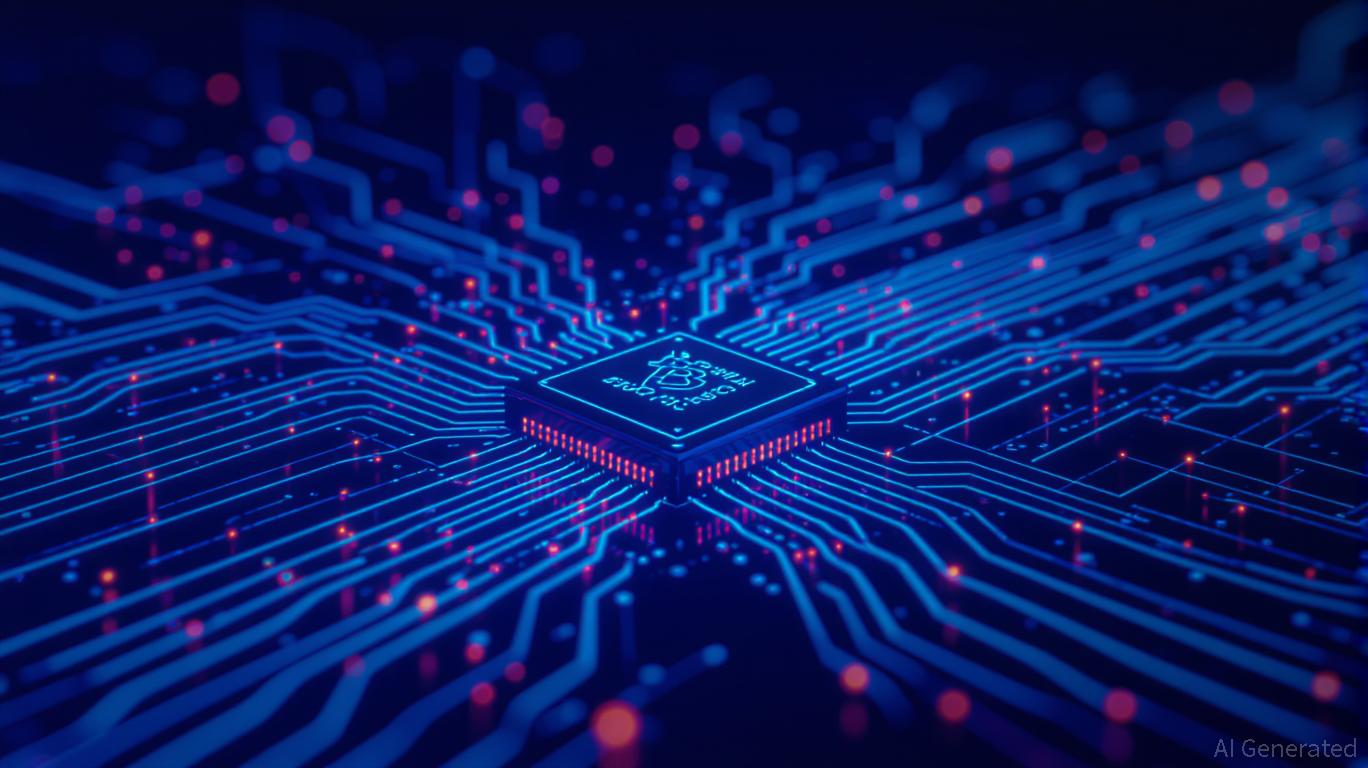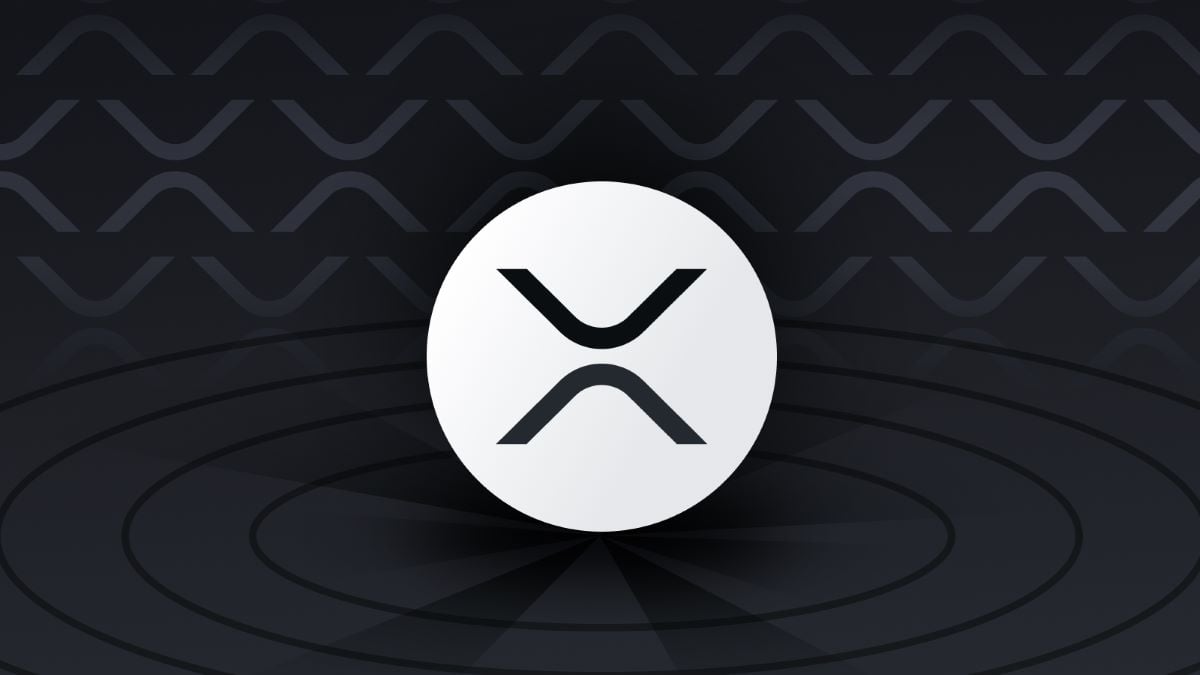Vitalik Buterin's Newest ZK Breakthrough Triggers Fluctuations in the Crypto Market
- Vitalik Buterin's GKR protocol revolutionizes ZK proofs by reducing verification costs and hardware needs, enabling Ethereum's 2025 scalability goals. - ZK-based projects like ZKsync surged 150% in 2025 as Buterin endorsed upgrades achieving 15,000 TPS and near-zero gas fees. - Institutional adoption grows with Citibank and Deutsche Bank using ZKsync's Prividium, while Starknet and zkSync compete on throughput efficiency. - Investors prioritize ZK projects with strong GKR integration, ecosystem adoption,

While volatility is a constant in the crypto market, the latest wave of zero-knowledge (ZK) advancements—driven by
The GKR Protocol: Redefining ZK Performance
Buterin’s GKR protocol marks a significant leap in ZK proof mechanisms. Unlike conventional ZK-SNARKs or STARKs, which depend on resource-intensive intermediate commitments, GKR verifies computations in logarithmic time by focusing exclusively on the input and output commitments. This approach can theoretically cut on-chain resource usage by up to 15-fold and by 10-fold in real-world scenarios, as evidenced by tests that validated millions of Poseidon2 hash functions simultaneously. Its compatibility with ZK-EVMs and machine learning proofs makes it a pivotal element in Ethereum’s “Lean Ethereum” vision, which emphasizes simplicity, speed, and resistance to quantum attacks.
The impact is substantial. By dramatically lowering the cost and hardware needed for proof generation, GKR allows for instant verification of complex transactions. For example, consumer laptops can now process 2 million Poseidon2 hashes per second, and verifying an Ethereum block requires only 50 GPUs—far less than the 100x greater computational power previously needed. This leap in efficiency directly advances Ethereum’s objectives for faster finality and scalable zero-knowledge proofs, making it a foundational technology for DeFi, enterprise blockchain solutions, and AI integration.
Market Response and Competitive Shifts
The market’s reaction has been a blend of enthusiasm and turbulence. ZK-oriented projects such as ZKsync have experienced sharp price increases, with its native token (ZK) soaring by 150% in November 2025 as investor optimism surged. This rally was sparked by the Atlas upgrade, which delivered over 15,000 TPS, 1-second transaction finality, and minimal gas fees. Vitalik Buterin’s endorsement of the upgrade—describing it as “underrated and valuable”—solidified ZKsync’s position as a crucial scaling solution for Ethereum.
At the same time, Starknet and zkSync Era are competing to maximize throughput and minimize costs. Starknet’s STARK-based architecture excels at compressing large volumes of simple transactions, such as token transfers, while
Institutional engagement is also shaping the landscape. ZKsync’s Prividium solution, designed for corporate clients, has attracted major players like Citibank, Deutsche Bank, and Mastercard, reflecting a rising interest in privacy-centric, regulation-friendly blockchain infrastructure. Likewise, Brevis' Pico Prism—capable of verifying 99.6% of Ethereum blocks in less than 12 seconds—has been adopted by protocols such as
Long-Term Investment Outlook: ZK as Foundational Infrastructure
For those investing, the future value of ZK technologies rests on three main factors: technical progress, ecosystem integration, and token economics.
Technical Progress: The GKR protocol and the replacement of modular exponentiation (modexp) precompiles are key upgrades that address Ethereum’s scaling challenges. By focusing on broad ecosystem efficiency rather than narrow applications, these advances ensure ZK’s role as a foundational infrastructure for the foreseeable future.
Ecosystem Integration: ZK-powered layer-2 networks are becoming essential for business and institutional applications. ZKsync’s transition from a governance token to a utility token linked to network revenue (through both on-chain and off-chain fees) creates a self-reinforcing value loop, where buybacks and token burns increase value. This approach is echoed by projects like Starknet, which aims to introduce dynamic fee markets to enhance throughput during peak demand.
Token Economics and Market Trends: The ZK token’s recent 150% jump, even as the broader crypto market declined, demonstrates the sector’s resilience. Still, price swings remain a concern. For example, ZK’s value climbed to $0.15 in November 2025 but faces resistance at its record high of $0.27. Investors should keep an eye on indicators such as TVL (Total Value Locked), transaction activity, and institutional collaborations to assess momentum.
Strategic Guidance for Investors
Focus on Projects with Robust ZK Adoption: ZKsync,
Starknet, and Brevis are at the forefront, but investors should also look for up-and-coming projects that leverage GKR’s efficiency improvements.Spread Investments Across ZK Applications: While DeFi and enterprise blockchain are leading sectors, ZK’s applications in AI (such as privacy-preserving machine learning proofs) and real-world assets (RWAs) present additional growth opportunities.
Track Institutional Participation: Projects that form partnerships with established financial institutions (like ZKsync’s Prividium) are better positioned for sustained expansion.
Weigh Risks Against Token Models: Tokens such as ZK and STARK are subject to volatility, but their utility-based structures (including revenue sharing and buybacks) help support their value.
Conclusion: ZK as the Next Generation Infrastructure
Vitalik Buterin’s GKR protocol is more than a technical achievement—it’s a driving force for a new phase in blockchain infrastructure. As Ethereum adopts a ZK-first approach, projects that blend scalability, efficiency, and institutional compatibility will come out ahead. For investors, the priority should be to back ZK technologies that not only address current challenges but also pave the way for future decentralized applications. In this fast-changing environment, those who focus on core fundamentals and exercise patience are likely to benefit most.
Disclaimer: The content of this article solely reflects the author's opinion and does not represent the platform in any capacity. This article is not intended to serve as a reference for making investment decisions.
You may also like
Bitcoin’s 20% October Slump Makes It Attractive Against Gold, JPMorgan Says

XRP Records Over 21K New Wallets in 48 Hours Despite the XRP Price Struggle

Bitcoin Crash Deepens as Analysts Now Eye THIS Next Target
These 5 Layer 2 Coins Could Explode in 2026